Rob MacKillop
Edinburgh Correspondent
Got delivery of an Epson V550 today, the first negatives scanner I've ever had. A breeze to set up, but no manual. Thankfully a nice German on YouTube had made a video on how to use it.
Here are four old images, chosen for different reasons. I can report that all scans are better than the CD of scans I had from when I got the films developed, which surprised me as I thought that as they have more (much more) expensive scanners, the quality of my scans would be worse. Not so.
1. The Wee Horse. In the original scan from Boots, the light part at the top was overblown. 35mm film, XP2, Konica Hexar. Lots more detail in the hair.

2. The bowl. Chosen for its contrast and overblown parts on the bowl. Managed to recover much of the detail, not just of the bowl but of the background too.

3. First colour scan, and first screw up! I chose Colour Negative as Film Type before clicking Scan. I should have chosen Positive Film. However, I really like the result! And prefer it to the "proper" version below.

4. The proper version. Scanned at 4800 dpi, the negative came out at a whopping 450mb. A b&w version made with Nik Silver rose to 690mb!! I'll need a new external hard drive at this rate!

So, my initial impression is very favourable, in fact I'm surprised at the quality versus the shop scans, even the medium-format ones, which were sent to respected labs.
Before scanning, I set the black and white points on the histogram - a good tip which I read about here: https://www.scantips.com/simple2.html
Scanning will save me money, and is enjoyable to do. Wish I'd done this much earlier.
Here are four old images, chosen for different reasons. I can report that all scans are better than the CD of scans I had from when I got the films developed, which surprised me as I thought that as they have more (much more) expensive scanners, the quality of my scans would be worse. Not so.
1. The Wee Horse. In the original scan from Boots, the light part at the top was overblown. 35mm film, XP2, Konica Hexar. Lots more detail in the hair.

2. The bowl. Chosen for its contrast and overblown parts on the bowl. Managed to recover much of the detail, not just of the bowl but of the background too.

3. First colour scan, and first screw up! I chose Colour Negative as Film Type before clicking Scan. I should have chosen Positive Film. However, I really like the result! And prefer it to the "proper" version below.

4. The proper version. Scanned at 4800 dpi, the negative came out at a whopping 450mb. A b&w version made with Nik Silver rose to 690mb!! I'll need a new external hard drive at this rate!

So, my initial impression is very favourable, in fact I'm surprised at the quality versus the shop scans, even the medium-format ones, which were sent to respected labs.
Before scanning, I set the black and white points on the histogram - a good tip which I read about here: https://www.scantips.com/simple2.html
Scanning will save me money, and is enjoyable to do. Wish I'd done this much earlier.
